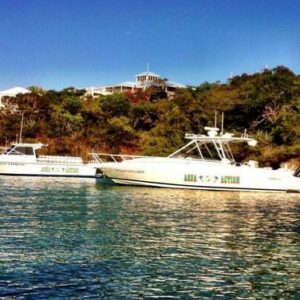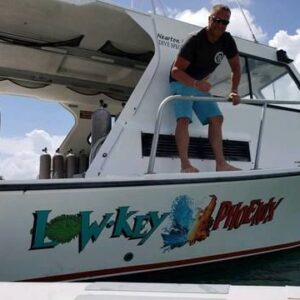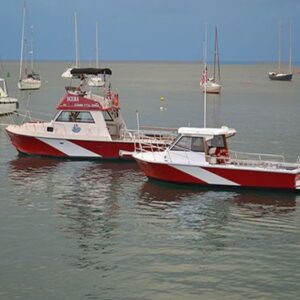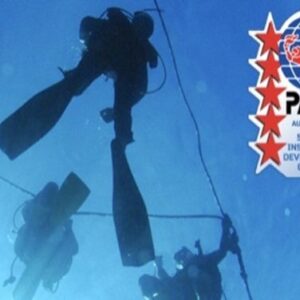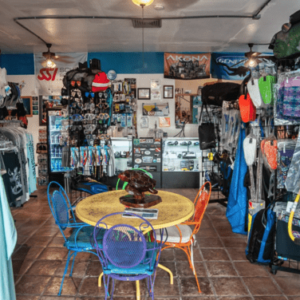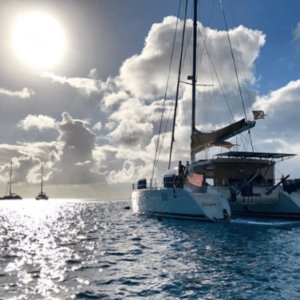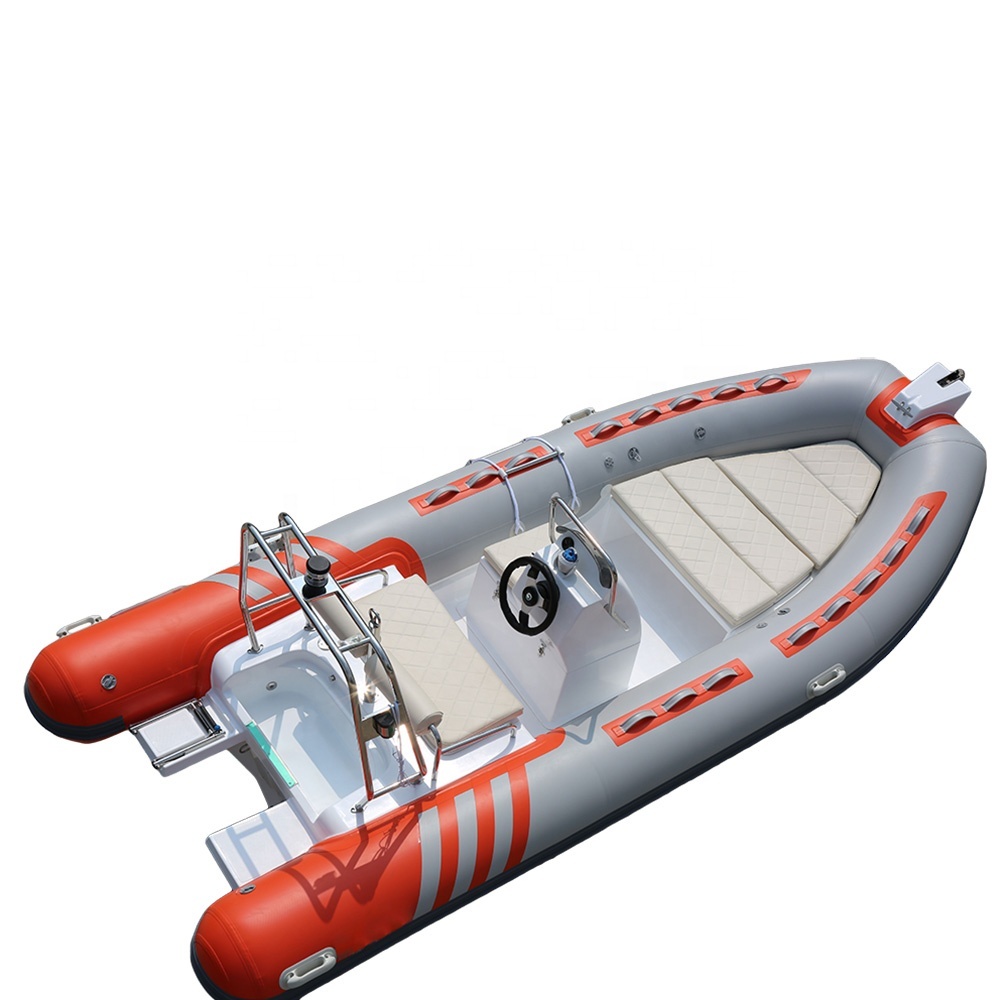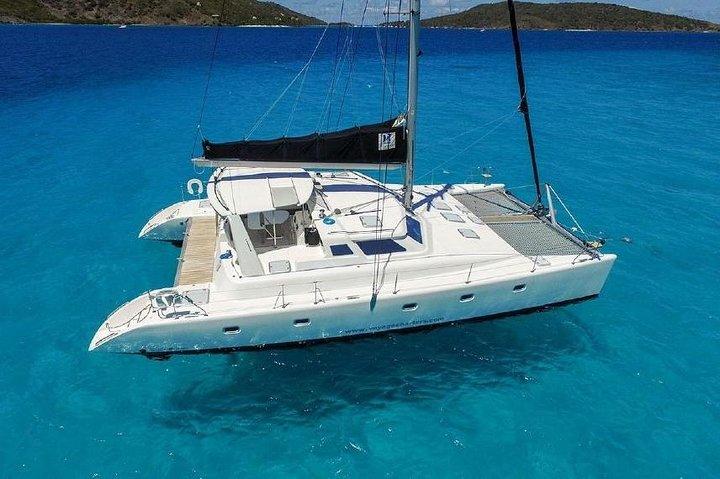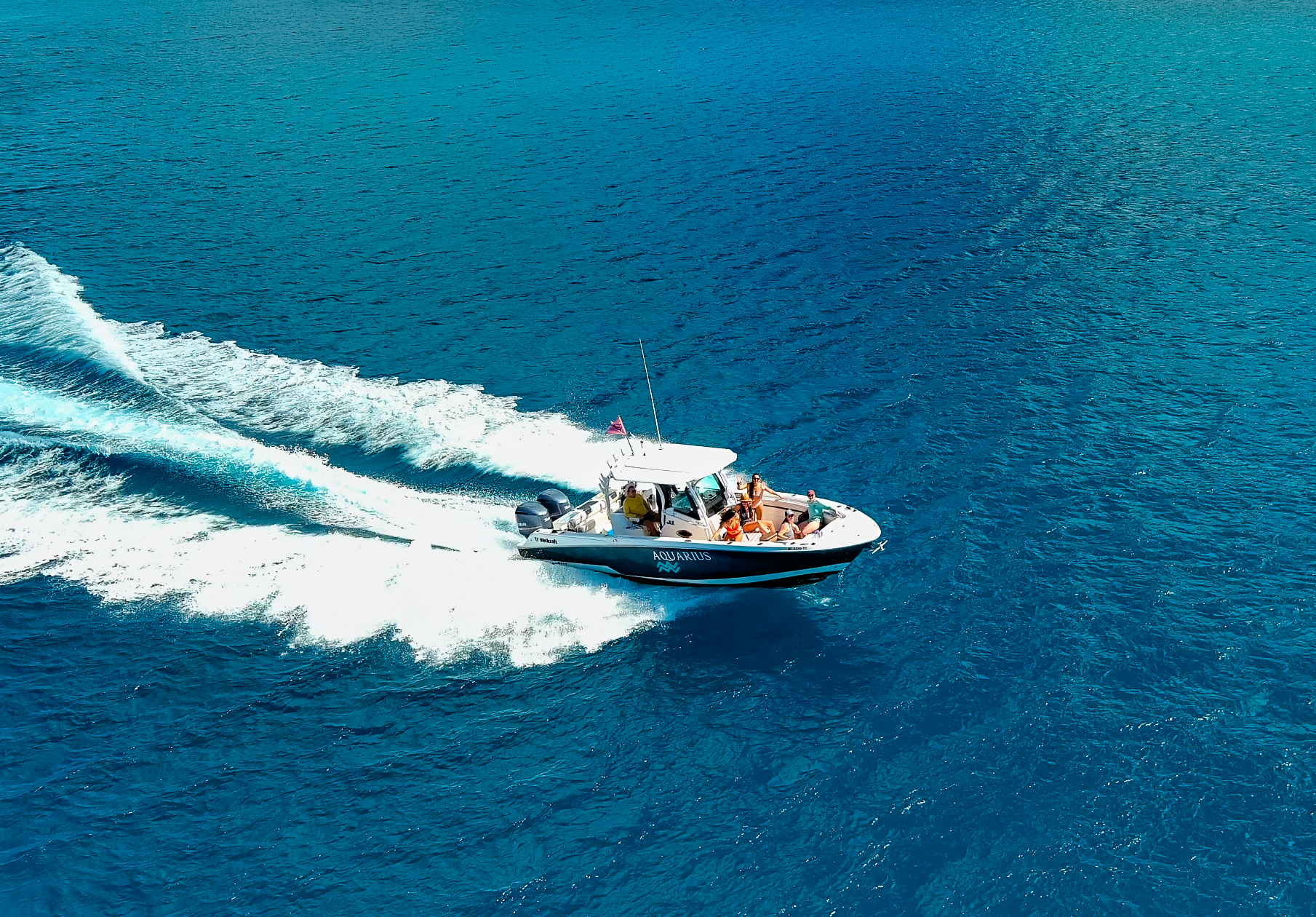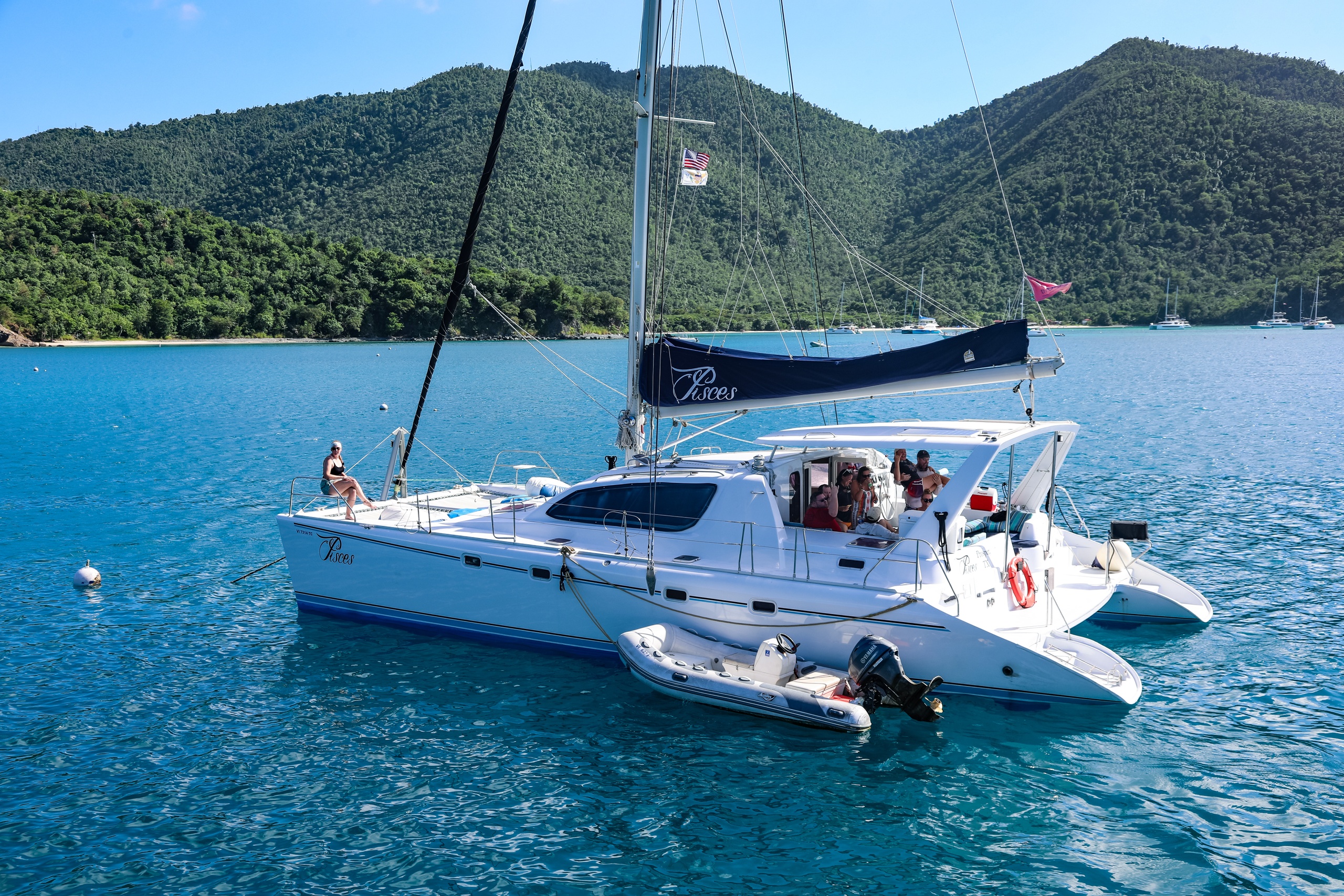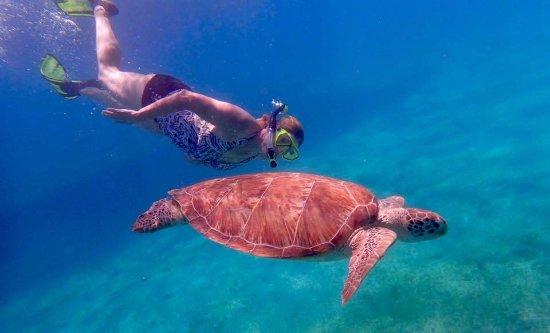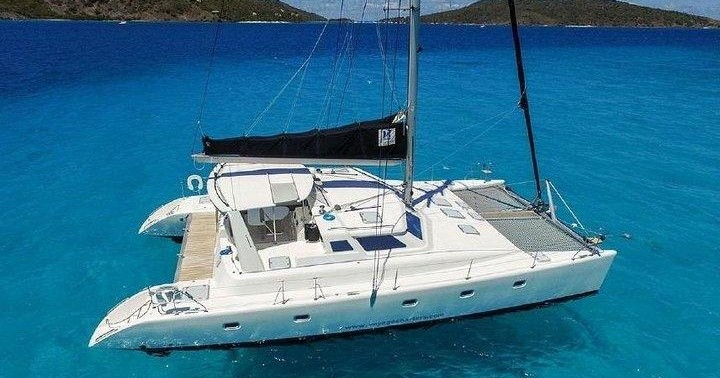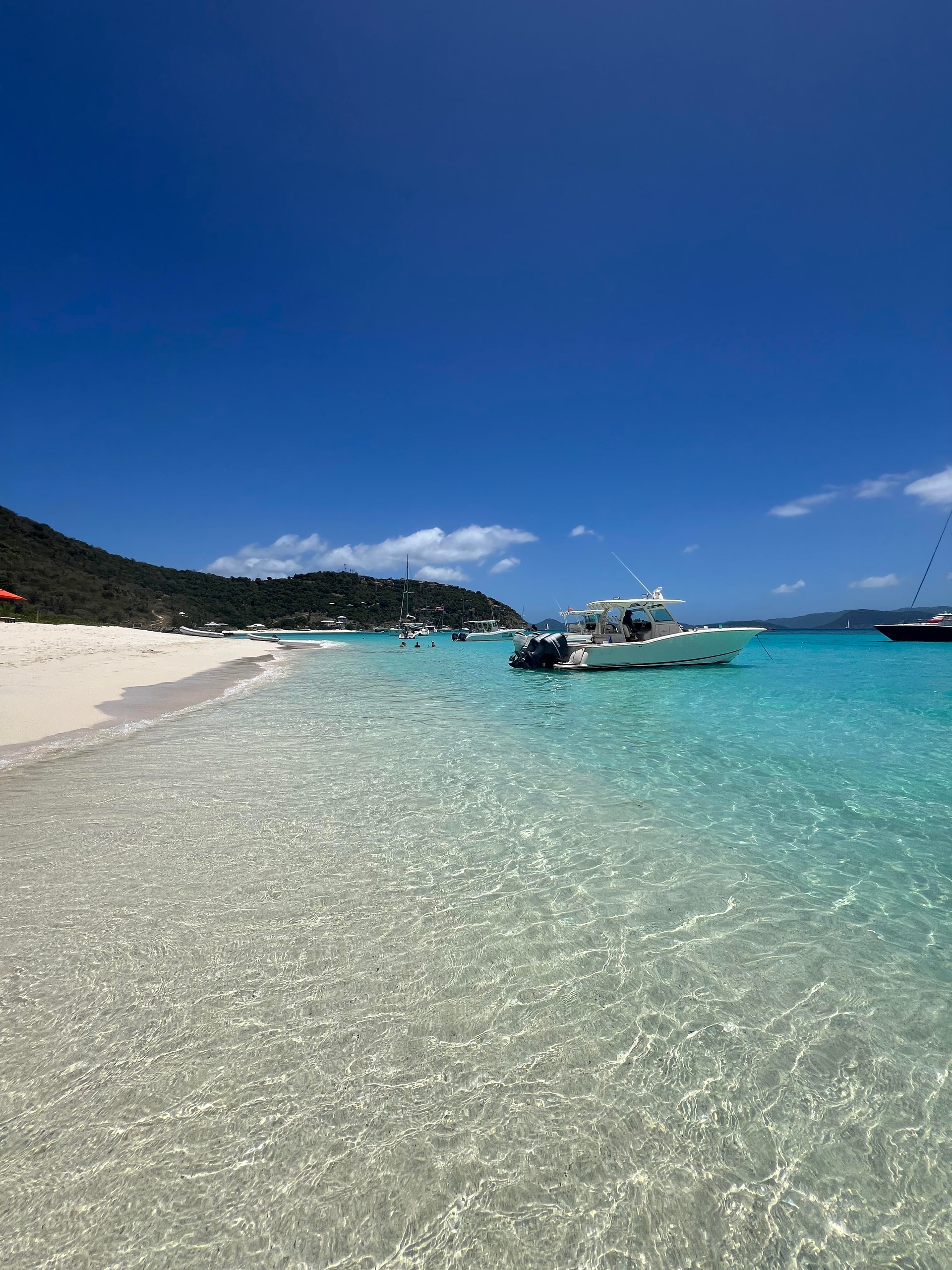EXPLORE US VIRGIN ISLANDS
UNITED IN PRIDE AND HOPE

SCUBA DIVING IN US VIRGIN ISLANDS
This trio of Caribbean islands (St. John, St. Croix and St. Thomas) boasts sandy beaches, crystal-clear waters and fantastic diving and snorkeling sites. It’s also incredibly easy to get to from the U.S. thanks to plenty of direct flights and no passport required for American citizens.
St. Thomas is the most luxurious island with high-end shopping, big resorts and a bustling nightlife, while nature lovers will want to hop on a ferry to St. John with its lush parkland and pristine shores. St. Croix, the “Big Island”, features rum distilleries, sugar cane plantations and charming colonial towns. But the one thing that the islands all have in common? They’re a vacationer’s paradise.

CURRENCY

LANGUAGES

TIME ZONE

PHONE/INTERNET

LOCATION

VOLTAGE

HURRICANE SEASON

DAYLIGHT SAVINGS
GETTING THERE
Passports
US Virgin Islands are a U.S. territory, meaning that there is no passport required for U.S. citizens to travel there. See TSA requirements for the most up to date information.
Airports
There are two major airports in the Virgin Islands: the Cyril E. King Airport (STT) on St. Thomas and the Henry E. Rohlsen Airport (STX) on St. Croix. You can reach St. John by ferry from St. Thomas.
Transportation
The best way to get around any U.S. Virgin Island is by car—either a rental from the airport or a taxi.
DISCOVER UNIQUE THINGS TO DO IN US VIRGIN ISLANDS
BEST SNORKELING & SCUBA DIVING IN US VIRGIN ISLANDS
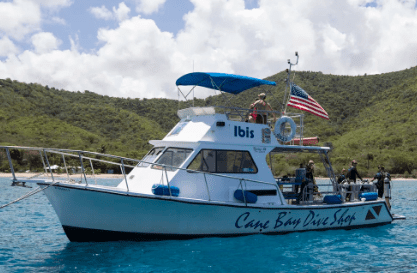
THE CANE BAY WALL (ST. CROIX)
Located an easy 100-yard swim away from the beach, this gorgeous site (also called Salt River Canyon) features a 3,000-foot wall that offers fantastic diving for beginners (stick to the shallow reefs leading to wall) as well as those who are more advanced (float along the wall to vaster depths). Vibrant sea life can be found on both the east and west side of the wall including sponges, sea fans, parrotfish, grouper and more.

FREDERIKSTED PIER (ST. CROIX)
Don’t forget your camera at this shallow dive site that’s great for all experience levels (depths range from 25 to 40 feet). The pillars are covered in sea life while turtles, seahorses, eels, lobsters and schools of kaleidoscopic Caribbean fish float through this underwater hallway. You might even spot the rare frogfish here. Frederiksted also offers one of the island’s best night dives.
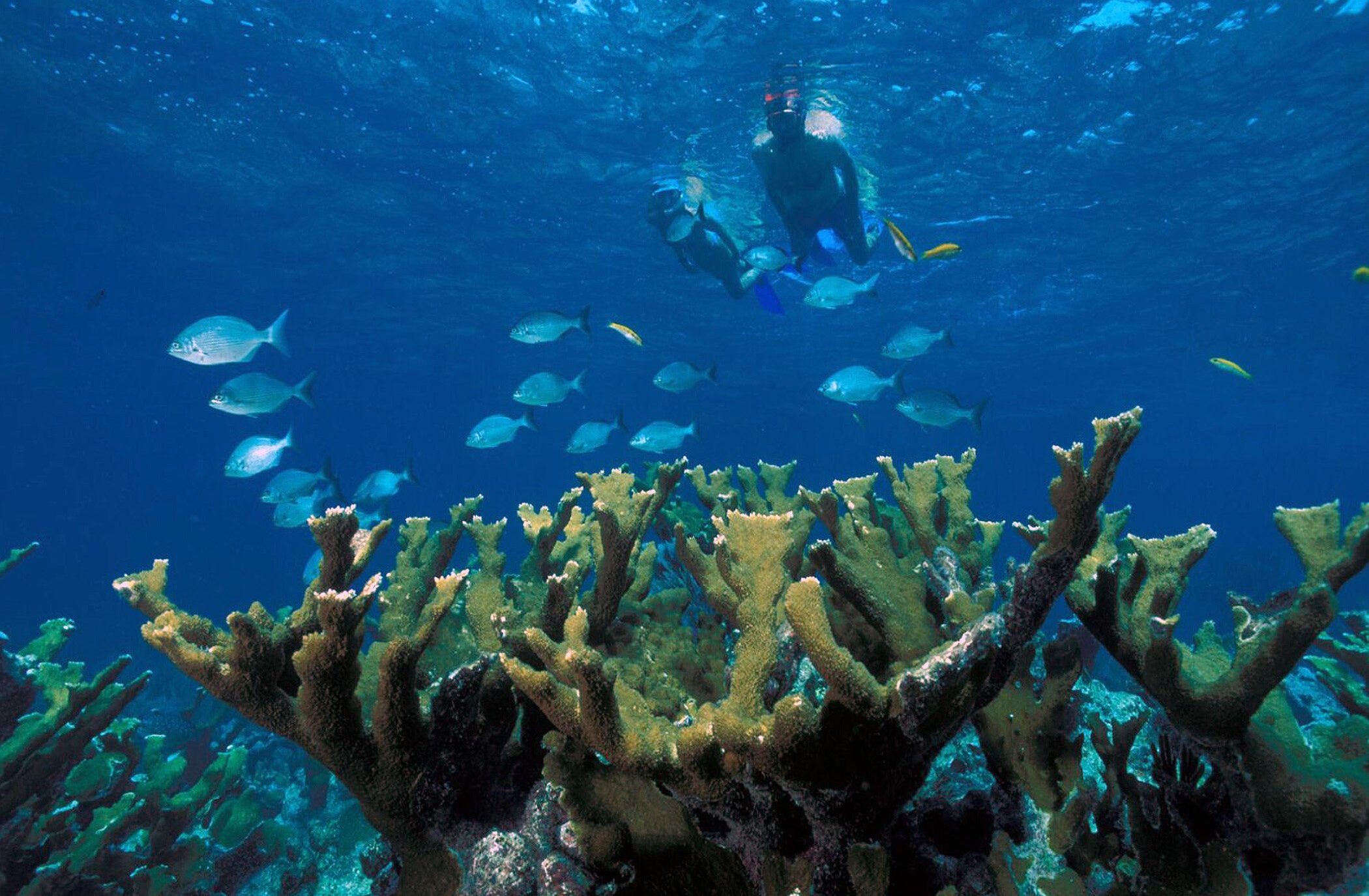
EAGLE SHOALS (ST. JOHN)
Another great spot for beginners, this site is best known for its many tunnels, caves and arches that host a variety of shimmering fish, rainbow sponges and orange cup coral. One of the most popular sites is known as “The Cathedral” due to its large chamber that can accessed by several entrances and the beautiful way that light pours into it from above.

COW AND CALF ROCKS (ST. THOMAS)
Located off the island’s southeast coast lies this collection of coral tunnels, wide canyons, gaping caves and spectacular ledges ready to be explored by all experience levels. It’s also great for snorkeling. Where does the name come from? The two biggest rocks that break the surface are said to look like whales—a cow with her calf.

COKI POINT BEACH (ST. THOMAS)
On the north shore of the island lies this family-friendly spot that features a popular beach and shallow waters with mild currents. Enjoy swimming with parrotfish, tangs, damsels and more and then head over to nearby Coral World Ocean Park—a five-acre marine park with fun for kids of all ages including a touch pool and aquariums.

HURRICANE HOLE (ST. JOHN)
You’ve never seen anything like this before—a sea of coral growing on mangrove roots that’s home to sponges, giant starfish and anemone. Located on the eastern side of the island this magical spot is great for all levels.

BUCK ISLAND (OFF ST. CROIX)
This tiny island located two miles north of St. Croix is America’s only underwater national monument and boasts over 250 species of fish, beautiful coral, spiky crustaceans and larger sea life like sharks and turtles.
Dive Conditions
Water temperatures range from 80 degrees Fahrenheit in winter to 82 degrees in summer. Average water visibility is 60 to 100 feet but can be higher or lower depending on the weather.
WHEN TO GO
The U.S. Virgin Islands boast great diving conditions all year round. The best time for whale watching is February to March. The peak season for tourism is December to March.
WHAT YOU’LL SEE
Divers can expect to see a wide variety of colorful marine life gliding through shipwrecks, caves, reefs and coral tunnels. Be on the lookout for seahorses, octopus, turtles, eels, lobsters, stingrays and more.











